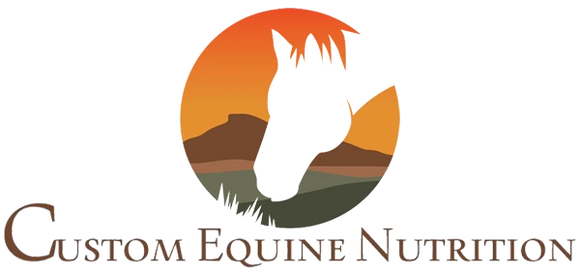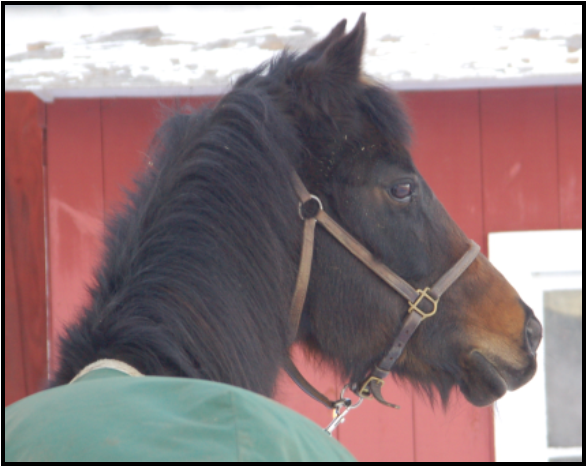Winter Laminitis
Cold weather can trigger hoof pain for horses with metabolic issues.
Here is the scenario:
You own a lovely Morgan mare. You know the breed can be genetically predisposed to metabolic issues. Therefore, you keep her in a dry lot attached to a small track system (paddock paradise). She is on a low sugar and starch diet and exercised regularly. You even have her insulin tested every spring at her yearly wellness visit with her vet.
system (paddock paradise). She is on a low sugar and starch diet and exercised regularly. You even have her insulin tested every spring at her yearly wellness visit with her vet.
One winter day you get to the barn and notice her stride is a bit shorter than normal, the next day she is walking on eggshells, and the next she is clearly lame and standing in the typical laminitis stance. Her hooves are cold to the touch and bute is not making her comfortable. What is going on??
Winter Laminitis
Anecdotal evidence shows that cold weather can trigger hoof pain. Horses who have experienced laminitis in the past can have damaged the vascular supply to their hooves. Horses with no prior history of laminitis may still exhibit signs due to low grade laminitis that has gone undetected and/or high levels of cortisol. Cortisol can increase the hooves response to vasoconstrictors (constriction of blood vessels).
But how does this happen?!?
AVA (arteriovenous anastomosis) shunts inside the hoof are responsible for the coolin g and warming of extremities by changing the direction of blood flow. Have you ever wondered how a rabbit’s ears never freeze on cold nights? Tiny shunts control the blood flow. There are an estimated 500 shunts per square centimeter in the hoof.
g and warming of extremities by changing the direction of blood flow. Have you ever wondered how a rabbit’s ears never freeze on cold nights? Tiny shunts control the blood flow. There are an estimated 500 shunts per square centimeter in the hoof.
In normal hooves, these shunts allow increased blood flow in cold weather. It has been hypothesized that when these shunts are damaged blood flow decreases. This is why hooves feel cool to the touch.
We’ve talked about Rabbits, now let’s talk about bears. When a bear hibernates in the winter the cold weather triggers a slower metabolism. This is an element of Insulin Resistance. It is well documented in other species that insulin can fluctuate in cold temperatures. When you combine damaged AVA shunts with elevated insulin and cortisol it is a recipe for disaster.
What can you do to help?
1. Keep your horse warm.Use a blanket and wrap his or her legs. Some options on wrapping legs include using shipping boots, wool socks pulled up over the hoof/leg with hoof boots put over them, or Whinny Warmers.
https://socksforhorses.com/whinny-warmers/

2. Deep bedding.
3. Adaptogens.
These are herbs that can help regulate cortisol. APF is a good one. Dose is 10mls 1-2 times per day.
http://www.auburnlabs.com/html/eqProdGen.html

Laminox contains Arginine and Jiaogulan to promote circulation
https://uckele.com/laminox-3lbs.html



